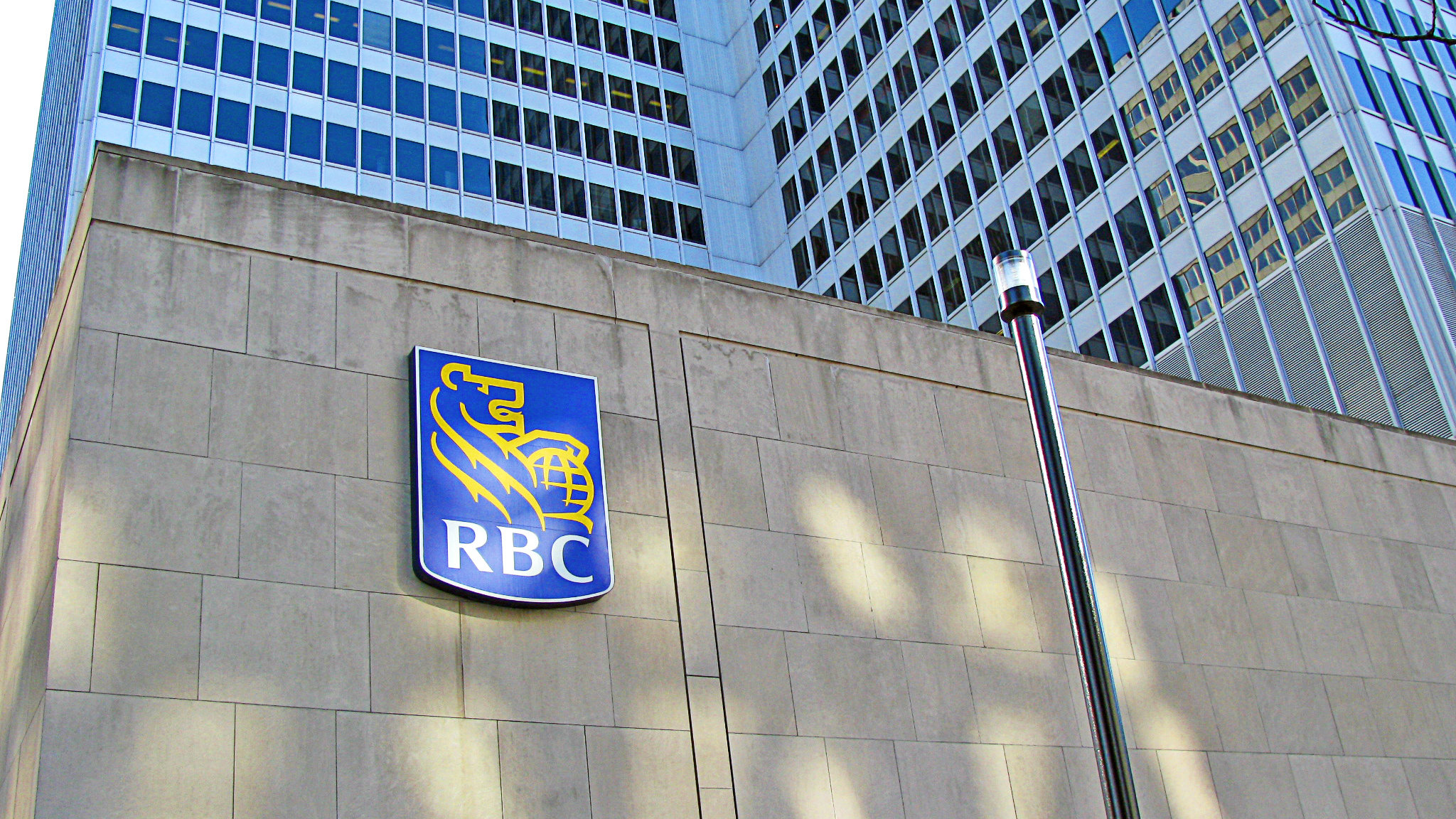There are many qualities that an income investor looks for in an investment, but they can be boiled down to two core considerations: first, is the business continuing to earn strong income (ideally, income that is growing) in a business that is not significantly cyclical? And second, is the business continuing to increase its distribution based on that income growth?
In August, Royal Bank of Canada (TSX:RY)(NYSE:RY) released its third-quarter 2017 results, which demonstrated that the bank satisfies both of the core points described above.
The bank had $2.796 billion in net income for the third quarter, which was actually down 3% from a year prior. However, Royal Bank of Canada’s Q3 2016 net income was so strong because it had sold its home and auto insurance manufacturing business in 2016 for an after-tax gain of $235 million. Take that out of the equation, and net income this year was actually up by 5%. Net income for the last three quarters is up by 10% (when excluding the sale) compared to 2016.
Across divisions, the numbers were relatively consistent as well. The bank’s personal & commercial banking group boosted net income by 6% to $1.399 billion. Wealth management saw a big jump to $486 million, up 25% from the previous year. Insurance, at first glance, was down $203 million, or 56%, but if we exclude the sale, its net income increased by $32 million. Net income in investor & treasury services was up $21 million, or 13%, to $178 million. Its capital markets segment saw a 4% drop in net income to $611 million. Finally, corporate support had a net loss of $39 million, whereas last year, it had a net income of $29 million.
As you can see, the company is executing particularly well across divisions, which is satisfying that first requirement.
Royal Bank of Canada also satisfies the second requirement. Along with the announcement of strong third-quarter results, Royal Bank of Canada announced that it would be increasing the dividend by $0.04, or 5%, to $0.91 per share, to be paid on a quarterly basis. This gives the bank a very comfortable 4% yield. Investors have grown used to these dividend increases since the bank has increased its distribution 11 times over the past five years. And, so long as net income continues to stay strong and grow, the dividend should also experience considerable growth.
What about housing? It’s no secret that housing prices are incredibly high across Canada. Some analysts have even uttered the word bubble. If housing is in a bubble, and Royal Bank of Canada lends billions in mortgages, could that have a negative impact on net income?
Its current provision for credit losses is 23 basis points, which is actually far below its average of 30-35 basis points. Further, 46% of the bank’s $251 billion in mortgages are insured. Unless the housing bubble were to have a violent burst, these numbers point to a softer landing, which shouldn’t have a significant impact on income.
All in all, Royal Bank of Canada is a solid choice for income investors looking to take advantage of a growing dividend. The 5% increase is stable and covered with the growing income, so I see little risk in owning this stock.









